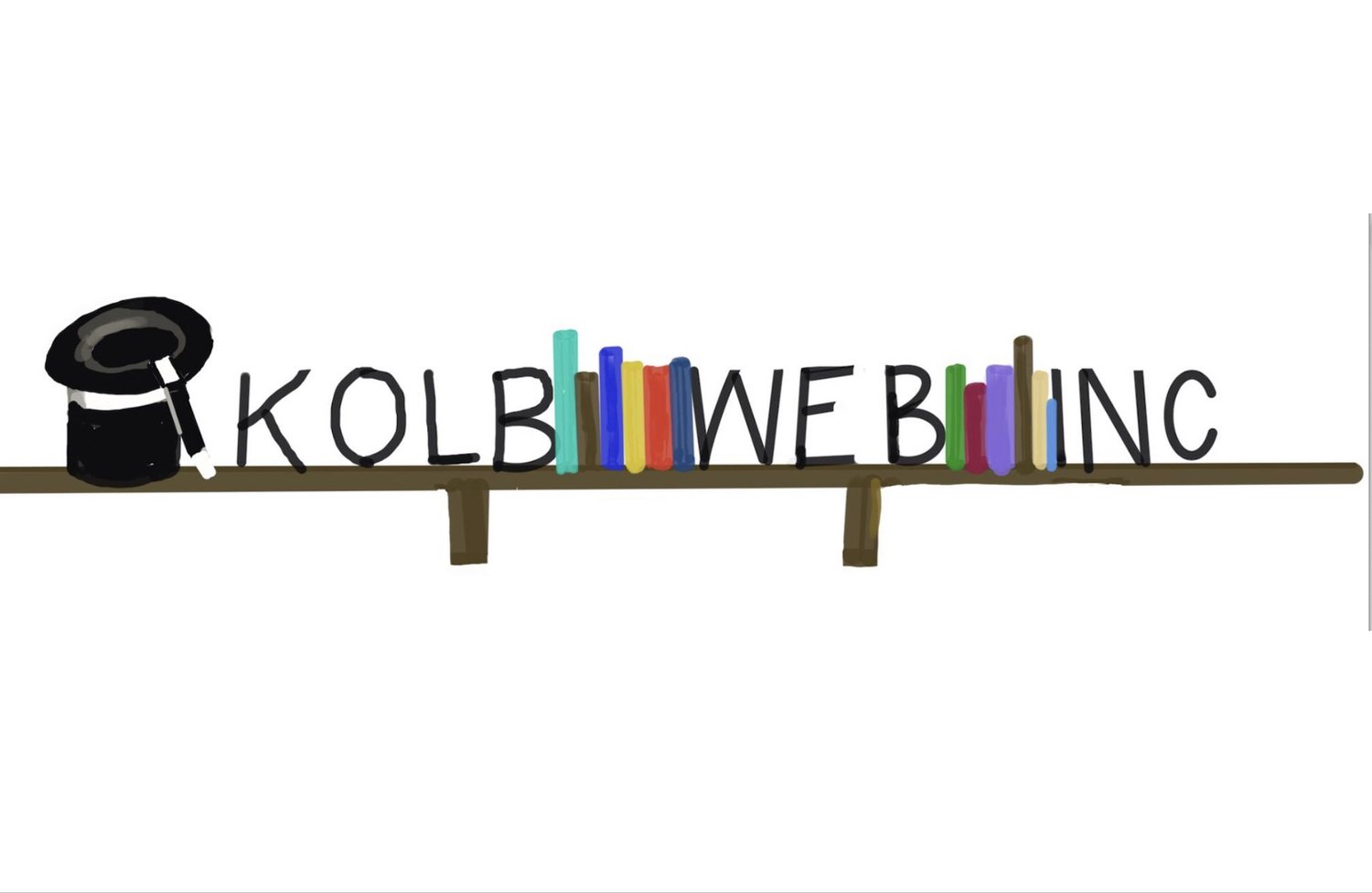Reading Aloud to Toddlers
Last month I picked up a few books at the library to read a toddler. I was riffling through the latest library additions and being picky about the number of words on the pages.
A toddler, two or three years old, isn’t particularly interested in the words just yet, so much as the illustrations. These were going to be read at bedtime, so I was looking for a calming bridge entice sleep.
Before giving my review, I want to share results of my quick search on the web about helping develop a child’s love of books and reading. On Scholastic’s website, a report on family reading held six tips from their Senior Director of Early Childhood, Nancy Garrity on choosing books for littles.
The obvious basic subjects to start with such as ABC, colors, counting. But it was more the time spent sharing a book than text, design or story. Garrity suggested using your finger to follow along the words as you read, pull your finger away from the text when you are just discussing or talking about the images or story; this helps initiate the author/reader connection.
Telling the child, “see the letters/words are so BIG, I am going to make my voice loud.” Or, “These words are very small, so I am going to whisper.” As their awareness of what is on the page develops, talking about the words as well as the illustrations helps them begin to recognize patterns and emotions.
One thing I did instinctively on her list was seeking out rhyming and repetition within stories. These Garrity explained help pave the way for language and spelling skills later on. Because repetition helps them recognize the story, and learn to repeat it, this is what lets them feel like a reader before they can actually read.
Size of physical books, like those early board books that can take the abuse of babies and toddler’s chewing, tossing and learning fine motor skills are great. But larger size books that are too big to be held in a lap can be read from a table where a the child can turn the pages themselves more easily. Fun books like Pat the Bunny, remember all the textures? And others like it with actions within the pages; lifting flaps and pulling tabs also aid in fine motor skills.
Here is my list of books we checked out:
Two Little Trains by Margaret Wise Brown. (Author of Good Night Moon) This was a hit. My little loved following the train tracks with their finger as we made the puff-chug sounds around the page before turning it. The illustrations are fun. The artists Leo and Diane Dillon are Caldecott Medal winning artists.
A Bear, A Bee and a Honey Tree by Daniel Bernstrom. (Award winning author Bernstrom and acclaimed illustrator Brandon James Scott) Another hit. Both of us truly enjoyed this one. The illustrations and prose were a delight to read aloud and look at. Alliterative words and illustrations play together like the best of pals.
Brave as a Mouse by Nicole Carozzi. Beautiful illustrations about a mouse and goldfish friendship. Problems pop up in the form of three felines. The mouse does some quick thinking, so this could be a good way to discuss problem solving. My only concern is about the mouse’s solutions to get the goldfish out of harms way by releasing the goldfish into public waterways. Maybe a little too young for my little but a little older child would be good to start a discussion on problem solving.
It’s So Quiet: A Not-Quiet-Going-to-Bed Book by Sherri Duskey Rinker. (Illustrated by Tony Fucile) Delightful story, Fun to read, especially if you are good at making sound effects. This includes fun rhymes and illustrations. My little was helping me make sounds.
So all in all, a pretty fun set of books to read. I can’t say that they turned out to be the most sleep inducing tales, but we had a great time.
